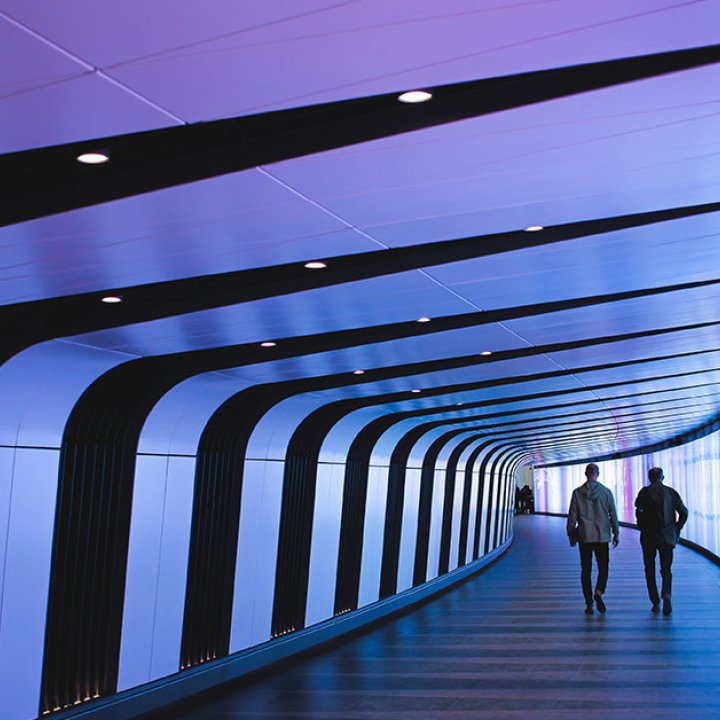The future of digital: What will digital experiences look like in 10 years?
See our predictions for the future of the web and digital experiences in order to leverage present day tech.
Written by Vegard Ottervig on

See our predictions for the future of the web and digital experiences in order to leverage present day tech.
Written by Vegard Ottervig on
Imagination is an essential part of the human mind. Without it, we wouldn’t be able to look at nature and imagine new ways of ordering its elements for our convenience—like clothing, housing, roads, medicine, and, of course, the web.
Today we’re going to use our imagination on the future of digital experiences. What will the web and content management systems look like in 10 years from now? Where are we headed? And how can we use this knowledge to our advantage already now, today? Let’s jump into our timemachine and find out!
The web is overflowing with information and content. Hundreds of millions of websites feature a lot of content that no one reads—or ever will read. Although more content is inevitable for the future of digital experiences, we will also see more of another digital category altogether: services.
What are services, you ask? A service is an application with functionality that allows you to perform tasks. Examples include AirBnB, Facebook, Uber, Google Maps, user dialogue, orders, and online banking. Services do include content like info boxes and help texts, but the main shift is to being a tool which enables you to perform actions and results “in the real world,” like ordering a taxi or a place to stay while on vacation.
In other words: web content and applications will come in one package, which more feature-rich and dynamic digital experiences than ever before.
Build the future with Next.js and headless CMS »
We sort of gave away this point already in the last paragraph, but it deserves all the attention it can get: Traditional websites and mobile applications will fuse together.
We see this trend clearly already, with the advent of progressive web apps, or PWAs. A PWA is a light-weight website that can double down as an app on your smartphone, with fast loading, rich features, and a convenient app icon—without actually being a native app.
With PWAs we will no longer need app stores and tedious updates, as the websites always will be updated to the latest version. As a PWA can be used in equal measures on the desktop, tablet, and small screen, it leads us to the next point: unlimited interfaces.
The fusion of websites and apps into one digital experience is just the beginning. With the lightning-like development of web technology and web standards—like the front-end framework Next.js—we’re already seeing and getting the gist of what’s to come.
Digital experiences will no longer be limited to the classical desktop computer, smartphone, or text interface. We will see an explosion in several different interfaces and devices, like voice, video, virtual reality, augmented reality, chatbot, smartwatch, car, refrigerator, coffee maker, digital signage, additive manufacturing, and so on.
Almost everything will be able to connect to the web, with progressively richer features and integrations. You can expect a seamless experience across a wide variety of channels and devices, and no longer think about that the different channels are, in fact, different.
One of the steps to allow for a seamless digital experience across every touchpoint is the influx of APIs. APIs are toolboxes that allow different systems and platforms to speak to one another.
In the future, everyone will deliver APIs, and everyone can make things on top of core systems. Then it will be possible to integrate different systems easier, and offer working solutions across previously unrelated areas of life—just think about post order drones or food-making 3D printers.
***
The general digital experience trend is clear: in ten years we will see fusion, omnichannel, the same great experience across all devices, blending of digital and physical, rich services, and that everything just works—fast—and now! It will certainly be exciting times ahead, and we’re looking forward to the ride.
First published 4 February 2019, updated 16 August 2022.
Get some more insights: